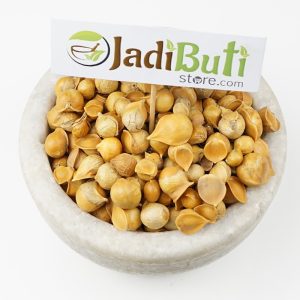L
Showing 1–12 of 20 results
-
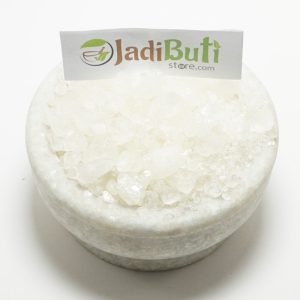
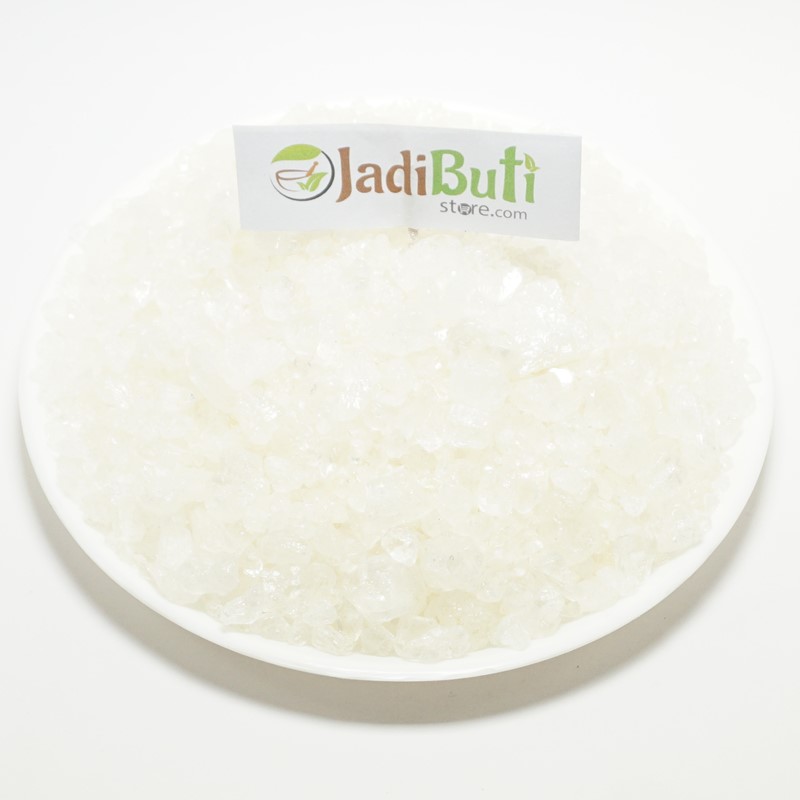
Ajwain Satva – अजवायन सत्व – Lovage – Trachyspermum ammi
₹160.00 – ₹955.00Quick ViewAjwain Satva – अजवायन सत्व – Lovage – Trachyspermum ammi.
Ajwain Name in different languages:
Ajwain English Name : Bishop’s Weed, Omum, Ajowan, Lovage
Ajwain Hindi Name : Ajwain, Ajwayan
Ajwain Latin name : Trachyspermum ammi Sprague.
Ajwain Urdu Name : Ajwain Desi (Seeds), Sat Ajwain (Thymol)
Ajwain Sanskrit Name : Yavani, Yavanika
Ajwain Arabic Name : Kummun al-malik, Nanakhwah, Ajwayn
Ajwain Bengali Name : Ajowan, Jowan, Yavani, Yamani
Ajwain Chinese Name : Yin du zang, Hui xiang
Ajwain French Name : Ajowan, Ammi
Ajwain German Name : Ajowan, Indischer Kümmel
Ajwain Gujarati Name : Ajma, Ajmo, Yavan, Javain
Ajwain Kannada Name : Oma, Yom, Omu
Ajwain Kashmiri Name : Javend
Ajwain Marathi Name : Onwa, Onba
Ajwain Persian Name : Nankhwah, Zeniyan
Ajwain Punjabi Name : Jawain
-
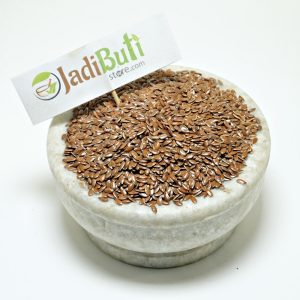

Alsi beej(Organic Pure) – अलसी बीज – Flax Seed – Linum Usitatissimum
₹80.00 – ₹615.00Quick ViewAlsi beej – अलसी बीज – Flax Seed – Linum Usitatissimum.
Alsi Beej Name in different languages:
Alsi Beej In English Name : Linseed, Flaxseed, Lint Bells
Alsi Beej In Hindi Name : Alsi, Tisi
Alsi Beej In Latin name : Linum usitatissimum Linn.
Alsi Beej In Urdu Name : Katan, Alsi
Alsi Beej In Arabic Name : Bazr al-kattaan
Alsi Beej In Bengali Name : Mashina, Tisi
Alsi Beej In French Name : Lin cultivé
Alsi Beej In German Name : Lein, Flachs
Alsi Beej In Gujarati Name : Alshi
Alsi Beej In Kannada Name : Agasebeeja, Semeagare, Agasi
Alsi Beej In Kashmiri Name : Alsi, Alish, Kenu
Alsi Beej In Marathi Name : Javas, Alshi
Alsi Beej In Persian Name : Tukhme Katan, Tukhme Zaghir
Alsi Beej In Punjabi Name : Ali, Alish, Alsi, Tisi
Alsi Beej In Sanskrit Name : Uma, Atasi
Introduction:
Mostly, linseed plant is cultivated in Bengal, Bihar, Uttar Pradesh and Madhya Pradesh. Its plant is about 2 to 4 feet high and leaves are 1 to 3 inches long with lines. Its flowers are light blue in sprouts. Its fruits are in shape of pitcher, which have ten seeds. The seeds are shiny, in egg shape and flat. Its oil is prepared from its seeds. Linseed root is white, 4 to 10 inches long and thick like pencil.
Property:
It is cool in nature.
Structure:
Linseed is a crop, which cultivated in fields. Its flowers are blue and fruits are green in color.
Qualities:
Linseed is sweet, bitter and pungent in taste, heavy in digestible, smooth and hot in nature, and eliminates gas. It increases phlegm (Kapha) and bile (Pitta), and cures eyes diseases and and wounds swelling. It is useful to end sperm disorders. Linseed oil is sweet and bitter in taste, hot and smooth in nature and eliminates gas. It is useful to cure cough and brings out phlegm. It is spicy in paak.
-
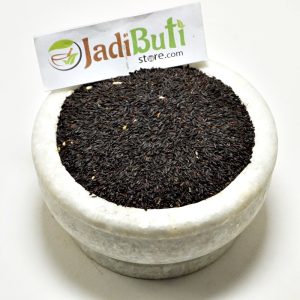
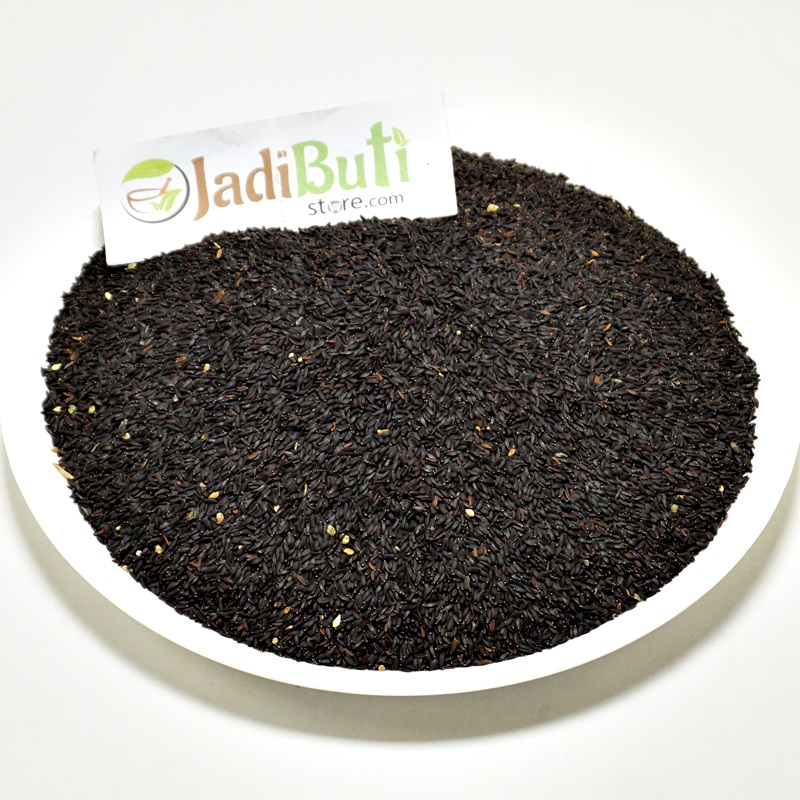
Balanga – बलांगा – Tulsi Balanga – Lalmentiya rai
₹200.00 – ₹1,350.00Quick ViewBalanga – बलांगा – Tulsi Balanga – Lalmentiya rai.
Balanga Name in different languages:
Balanga English : TULSI BALANGA
Balanga Hindi : Balanga, Dhari, Gharei, Kasmalu, Tukhambalanga
Balanga Latin : Lalmentiya rai, Liyana
Balanga Marathi : Balanga, Balamgu
Balanga Gujarati : Tutalanga, Tok malanga
-
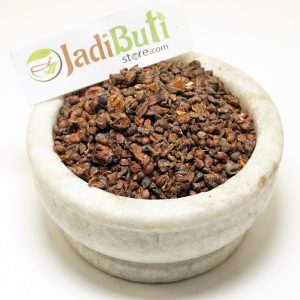
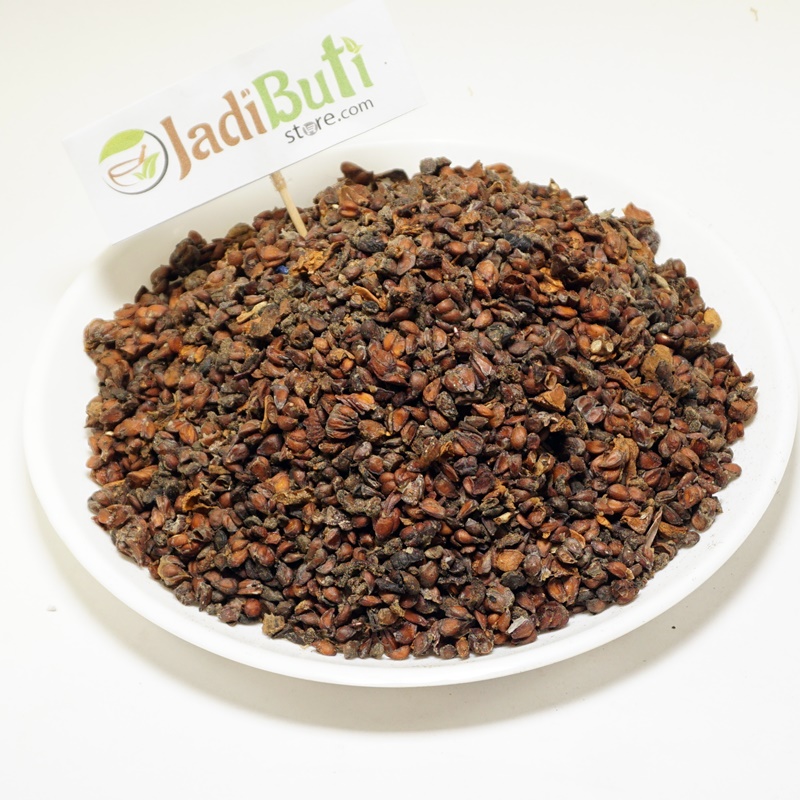
Bedana – बेदाना – Lythraceae – Pomegranate
₹430.00 – ₹3,410.00Quick ViewBedana – बेदाना – Lythraceae – Pomegranate.
- English: Pomegranate
- Spanish: Granada
- French: Grenade
- German: Granatapfel
- Italian: Melograno
- Portuguese: Romã
- Arabic: رمان (rummān)
- Hindi: अनार (anār)
- Persian: دارچین (dārchin)
- Sanskrit: दारुकं (dārukaṃ)
- Chinese: 石榴 (shíliú)
- Japanese: ザクロ (zakuro)
- Russian: гранат (granat)
- Turkish: nar
Key Benefits
- Boosts Immune System: Pomegranate is considered to be a natural immune booster and is often used in Ayurveda to increase resistance to diseases.
- Promotes Heart Health: The fruit is rich in antioxidants and has been shown to have a positive effect on heart health by reducing oxidative stress, lowering blood pressure, and reducing the risk of heart disease.
- Supports Digestion: Pomegranate is a rich source of fiber, which can help regulate digestion and prevent constipation. The fruit is also said to help improve the digestion of proteins and fat.
- Anti-inflammatory Properties: Pomegranate has anti-inflammatory properties that can help reduce inflammation in the body, making it beneficial for individuals with conditions such as arthritis, gout, and other inflammatory diseases.
- Anti-cancer Properties: Some studies have suggested that pomegranate may have anti-cancer properties and may be effective in reducing the risk of certain types of cancer, such as prostate cancer.
- Promotes Healthy Skin: Pomegranate is high in vitamin C, which is essential for maintaining healthy skin. The fruit is also rich in antioxidants that can help protect the skin against oxidative stress and damage caused by free radicals.
-
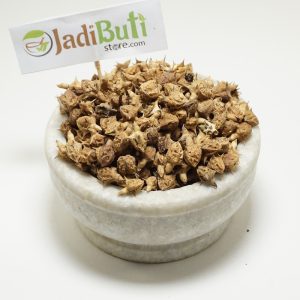

Gokhru Bada – गोखरू बड़ा – Large Caltrops Seeds – Pedalium Murex
₹160.00 – ₹1,250.00Quick ViewGokharu Bada – गोखरू बड़ा – Large Caltrops Seeds – Pedalium Murex.
Gokharu Bada In Different Language
Gokharu Bada In English name – Large Caltrops Seeds
Gokharu Bada In Hindi name – Gokharu Bada
Gokharu Bada In Latin name – Pedalium Murex
Pedalium murex is commonly known by several vernacular names, including:
- Large Caltrop
- Bhallatak
- Pathar Chur
- Patharchur
- Pedalium
- Burs of Caltrop
- Gokshura
- Stonebreaker
- Siva Lingam
- Taranjira
-
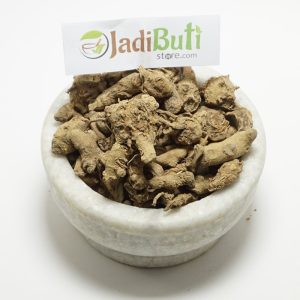
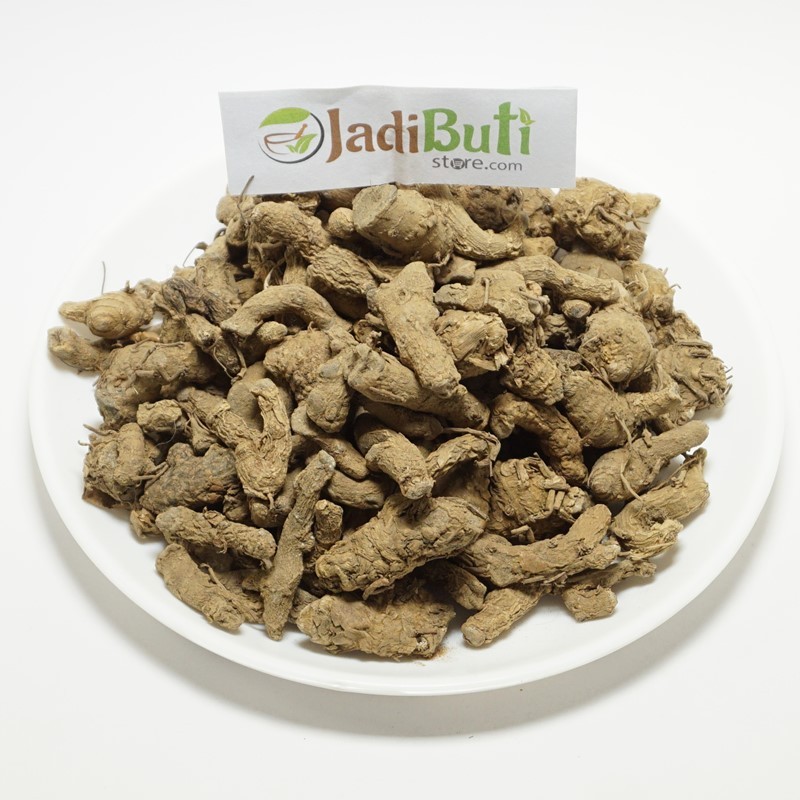 SOLD OUT
SOLD OUTKali Haldi – काली हल्दी – Long Zedoary – Curcuma caesia
₹140.00 – ₹1,100.00Quick ViewKali Haldi – काली हल्दी – Long Zedoary – Curcuma Zerumbet.
Kali Haldi English Name : Long Zedoary
Kali Haldi Hindi Name : Narkachoor, Kali Haldi
Kali Haldi Latin name : Curcuma zerumbet Roxb.
Kali Haldi Urdu Name : Narkachoor
Kali Haldi Arabic Name : Zarambad
Kali Haldi Chinese Name : E zhu, E shu
Kali Haldi German Name : Zitwer
Kali Haldi Sanskrit Name : Shati, Puthupalashika
Kali Haldi Bengali: Kalihaldi
Kali Haldi Marathi: Kalihaldar
Kali Haldi Sanskrit: Krishna, Sveta
Kali Haldi Kannada: Neel kari
Kali Haldi Telugu: Nalla pasupu
Kali Haldi Tamil: Manjal mullangi
Kali Haldi Malayalam: Kurumulaku
Therapeutic uses
The rhizome of kali haldi has a bitter, sharp, hot taste, and a pleasant odour.It is used as a tonic for the brain and the heart.
Morphological characteristics
Black zedoary is an erect, rhizomatous herb, about 1.0–1.5 m high.The species occurs in moist deciduous forests, mostly in Bengal, North East, and Central India, within the altitudinal range of 200–1000 m.
It grows as ground cover of forest area in subtropical to temperate region. It is a rare species and is mostly under cultivation. -
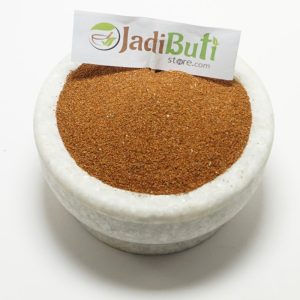
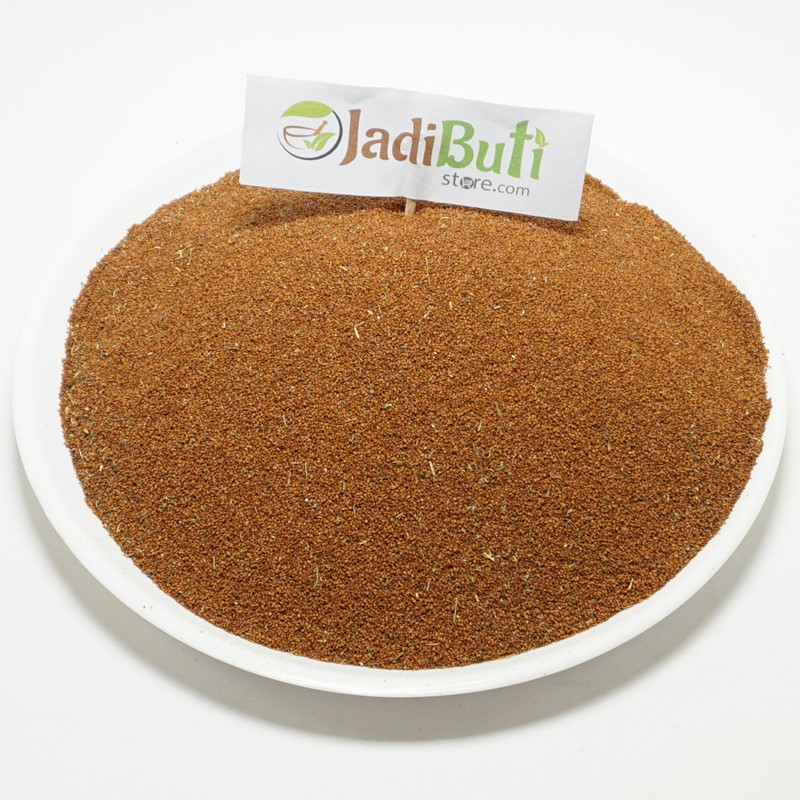
Khubkala – खुबकला – London rocket – Sisymbrium irio
₹130.00 – ₹1,055.00Quick ViewName: Khubkala Scientific name: Lepidium sativum Family: Brassicaceae Ayurvedic properties: Heating energy (virya), pungent post-digestive effect (vipaka) Properties: Anti-inflammatory, antimicrobial, antioxidant, diuretic, expectorant, galactagogue, aphrodisiac, digestive, analgesic Uses: Respiratory problems, digestive problems, urinary tract infections and kidney stones, menstrual cramps and irregular periods, low libido and erectile dysfunction, arthritis and joint pain, skin disorders Forms: Seed Precautions: Consult a qualified Ayurvedic practitioner before using. Pregnant or breastfeeding women should avoid Khubkala. Ayurvedic Property Classification Rasa (taste) Pungent (katu) Virya (energy) Heating (ushna) Vipaka (post-digestive effect) Pungent (katu) Guna (properties) Light (laghu), dry (ruksha), and sharp (tikshna) -
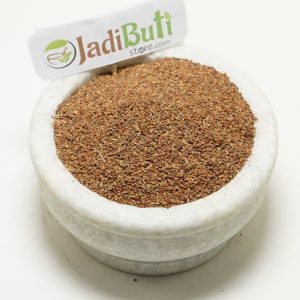
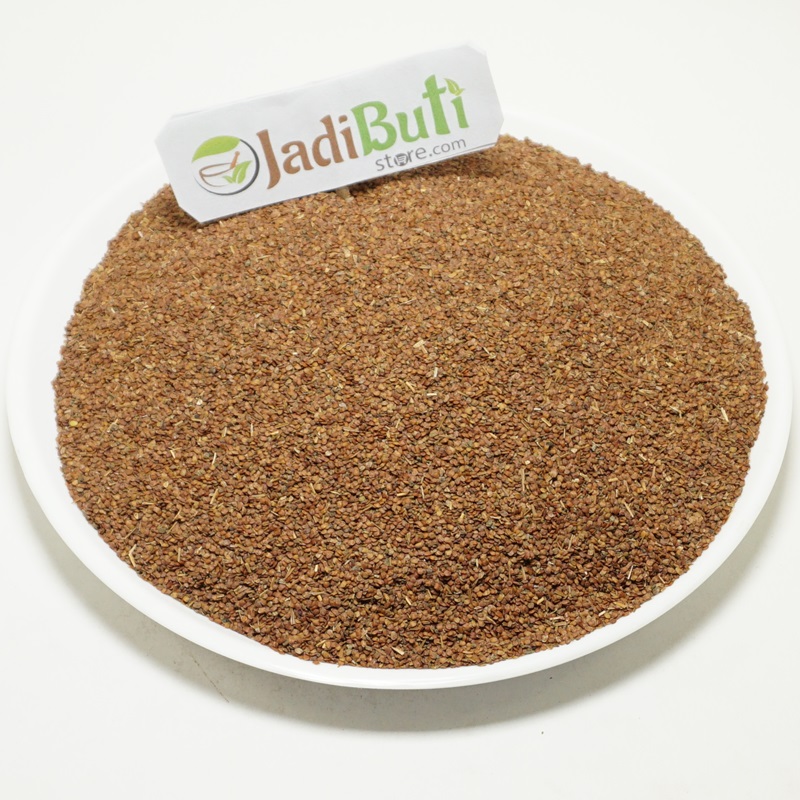
Lajwanti – लाजवंती – Sensitive Plant – Mimosa pudica
₹160.00 – ₹1,225.00Quick ViewLajwanti seeds | Scientific name: Mimosa pudica
Ayurvedic properties:
- Anti-inflammatory
- Digestive
- Respiratory
- Skin health
- Diuretic
- Nervous system health
- Anti-diabetic
- Cardiovascular health
- Immune system health
- Menstrual health
- Anti-cancer
- Wound healing
Ayurvedic Property Classification Rasa (taste) Bitter (tikta) and astringent (kashaya) Virya (energy) Cooling (shita) Vipaka (post-digestive effect) Pungent (katu) Guna (properties) Light (laghu), dry (ruksha), and sharp (tikshna) -
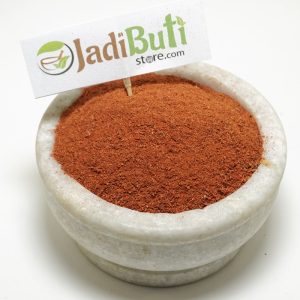
Lal Chandan Powder – लाल चंदन – Red Sandalwood Powder – Pterocarpus santalinus
₹80.00 – ₹845.00Quick ViewRed sandalwood powder has been used for centuries in traditional Ayurvedic medicine as a natural remedy for various health and beauty conditions. Red sandalwood powder has anti-inflammatory, antiseptic, and astringent properties, making it a popular ingredient in skincare, hair care, and medicinal products. It can help to soothe and brighten the skin, reduce acne and dark spots, promote hair growth, and relieve sunburn and inflammatory conditions. Red sandalwood powder is also used in aromatherapy and meditation practices for its calming and grounding effects on the mind. It is often combined with other natural ingredients, such as turmeric, honey, and milk, to create face masks and other skincare products. Red sandalwood powder is considered safe and gentle for most skin types.
-
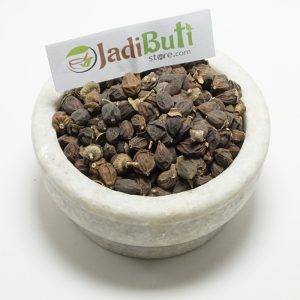
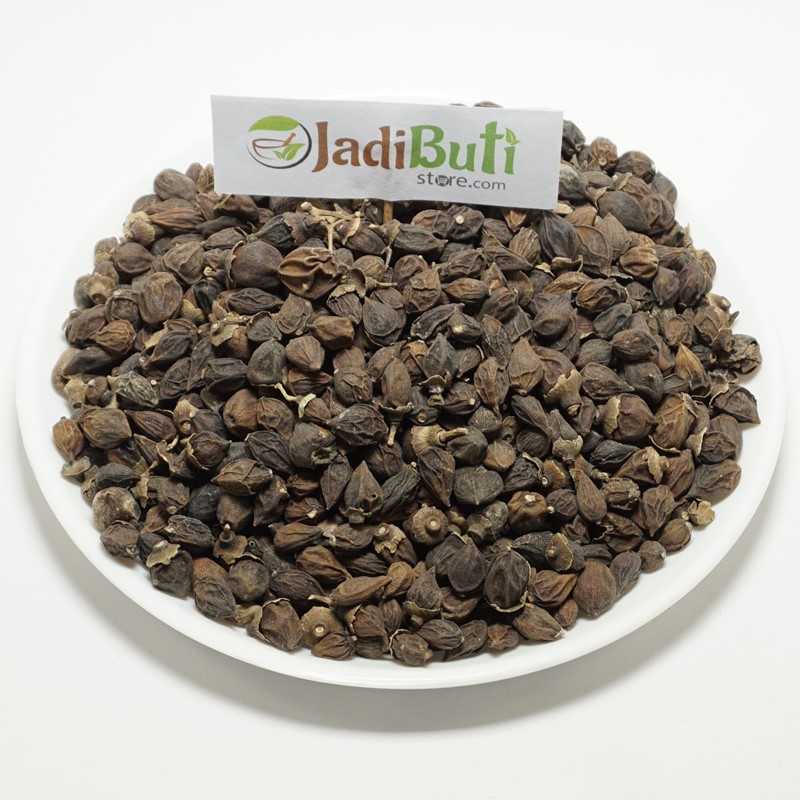
Lasoda spistan – लसोड़ा सपिस्तन – Sebesten – Cordia myxa
₹120.00 – ₹920.00Quick ViewOur Lasoda fruit is carefully handpicked and Natural-dried to ensure that it retains its natural flavor and nutritional value. It has a chewy texture and a hard seed in the center.
Lasoda fruit is believed to promote digestive health, respiratory health, anti-inflammatory properties, immunity boosting, and liver & heart health. It is also believed to have anti-aging properties and is used to promote wound healing and nervous system health.
Our Lasoda fruit is a valuable ingredient in natural remedies and can be used to make pickles and chutneys in Indian cuisine. It is also a great addition to smoothies, juices, and salads.
- Rasa (Taste): Lasoda fruit is believed to have a sour taste, which is known to stimulate digestion and help balance the doshas.
- Virya (Potency): Lasoda fruit is believed to have a cooling potency, which is helpful in reducing inflammation and calming Pitta dosha.
- Vipaka (Post-digestive effect): Lasoda fruit is believed to have a sweet post-digestive effect, which nourishes the body and helps to balance Vata dosha.
- Dosha effects: Lasoda fruit is believed to balance all three doshas, but especially Pitta and Vata doshas.
- Gunas (Qualities): Lasoda fruit is believed to have the following qualities – light, dry, and rough. These qualities are believed to be helpful in promoting digestion and reducing excess Kapha dosha.
- Prabhava (Special action): Lasoda fruit is believed to have a special action in Ayurveda as it is used to promote respiratory health, wound healing, and liver health.
Overall, the Ayurvedic properties of lasoda fruit make it a valuable ingredient in promoting overall health and well-being in Ayurvedic medicine.
-
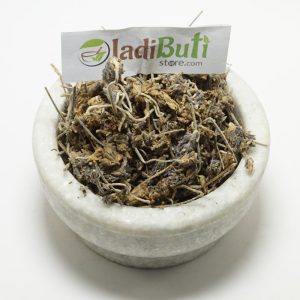
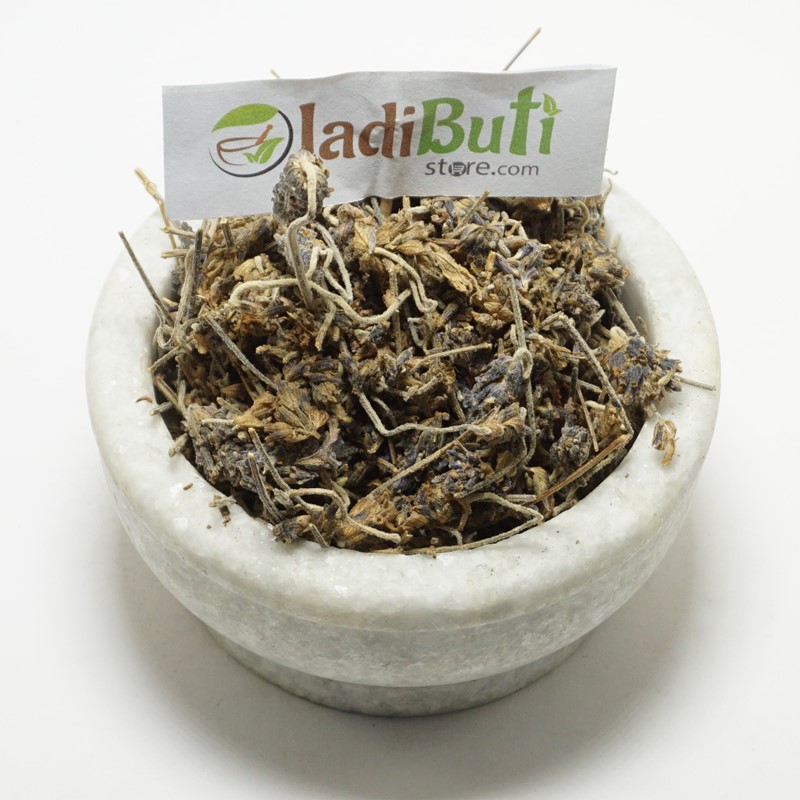
Lavender -UsteKhadoos – उस्तेखादूस – Arabian Lavender – Lavandula stoechas
₹170.00 – ₹1,785.00Quick ViewCommon name: Lavender, Ustukhuddus, Scientific name: Lavandula angustifolia
Parts used: Flowers, oil (These are dried flower)
Ayurvedic properties of lavender:
- Rasa (taste): Lavender has a bitter and pungent taste.
- Virya (energy): Lavender has a cooling or calming energy.
- Vipaka (post-digestive effect): Lavender has a pungent post-digestive effect.
- Guna (quality): Lavender has light and dry qualities.
- Dosha (effect on doshas): Lavender can balance pitta dosha, but may aggravate vata dosha in excess.
- Prabhava (special quality): Lavender is known for its calming and soothing effect on the mind and body.
Ayurvedic benefits of Lavender:
- Relaxation: Lavender is known for its calming and relaxing properties. It can help reduce stress, anxiety, and promote relaxation.
- Skin health: Lavender oil can help soothe and heal various skin conditions such as acne, eczema, and psoriasis. It has anti-inflammatory and antimicrobial properties that can help reduce inflammation and prevent infections.
- Sleep: Lavender can help promote sleep and improve the quality of sleep. It can also help with conditions such as insomnia and sleep apnea.
- Respiratory health: Lavender can help improve respiratory health and relieve conditions such as cough, cold, and asthma.
- Headache: Lavender can help relieve headaches and migraines. It has a soothing effect on the nervous system and can help reduce tension and pain.
- Digestive health: Lavender can help improve digestive health and reduce conditions such as bloating, gas, and nausea.
- Hormonal balance: Lavender can help regulate hormonal balance and reduce symptoms of PMS and menopause.

